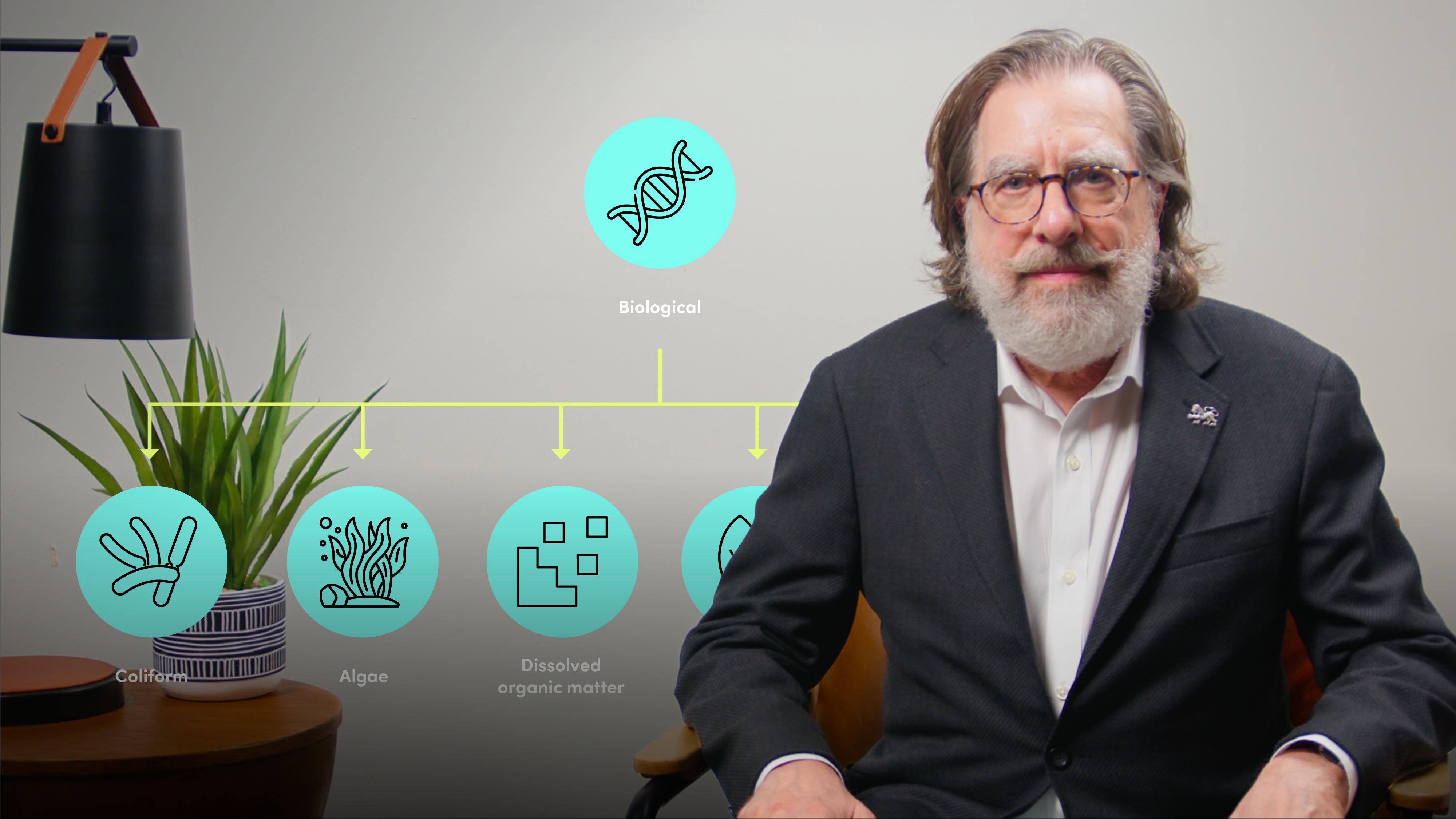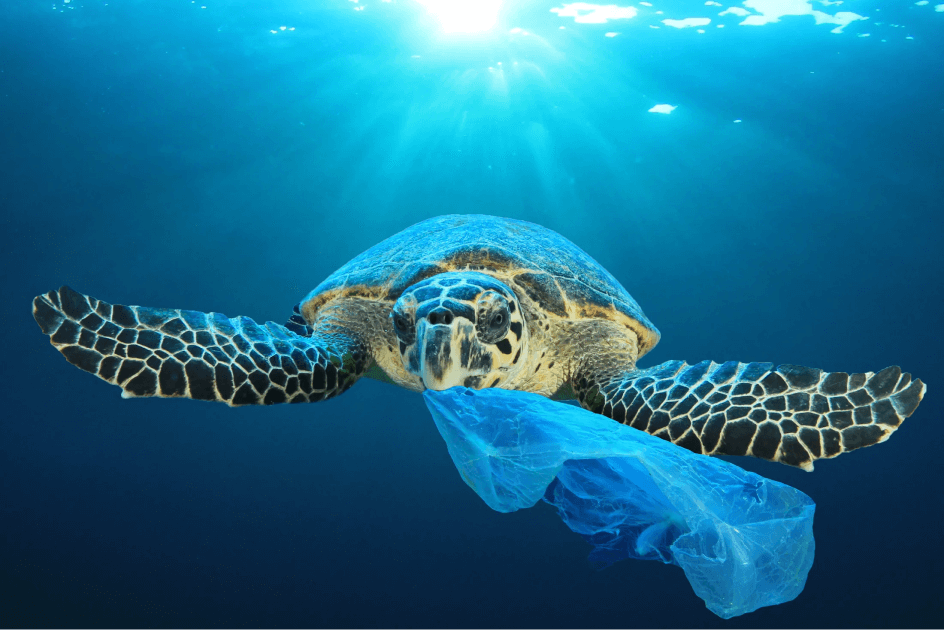
What Determines Water Quality?

Will Sarni
Leader: Corporate water strategy
There’s nothing better than a cold glass of water. Learn how hidden contaminants can make your drinking water unsafe and why water quality is crucial for your health.
There’s nothing better than a cold glass of water. Learn how hidden contaminants can make your drinking water unsafe and why water quality is crucial for your health.
Subscribe to watch
Access this and all of the content on our platform by signing up for a 7-day free trial.

What Determines Water Quality?
13 mins 2 secs
Key learning objectives:
Identify the water quality parameters
Understand sources of water contamination
Outline the impact of pollution on health and the environment
Overview:
Subscribe to watch
Access this and all of the content on our platform by signing up for a 7-day free trial.
Physical parameters
- Temperature: Affects chemical reactions, solubility, and biological activity
- Turbidity: Measures water clarity and the presence of suspended particles
- Electrical conductivity: Indicates the presence of dissolved ions
Chemical parameters
- pH: Determines acidity or alkalinity, impacting aquatic life and chemical reactions
- Dissolved oxygen: Essential for aquatic organisms and an indicator of overall water health
- Nutrients (phosphorus, nitrogen, nitrate, ammonia): Excess levels can lead to algal blooms
- Hardness: Measures the concentration of dissolved minerals, especially calcium and magnesium
- Heavy metals: Can be toxic to human health even at low concentrations
- Total dissolved solids: Indicates the overall amount of dissolved substances
Biological parameters
- Coliform bacteria: Indicate contamination from sewage or animal waste
- Algae and phytoplankton: Can reflect nutrient levels and impact water quality
- Dissolved organic matter: Affects aquatic ecosystems
- Chlorophyll: Used to monitor algal biomass
- Waterborne diseases
- Toxic chemical exposure
- Microplastic ingestion
- Skin and respiratory issues
- Ecosystem degradation
- Eutrophication
- Sedimentation
Subscribe to watch
Access this and all of the content on our platform by signing up for a 7-day free trial.

Will Sarni
There are no available Videos from "Will Sarni"





























